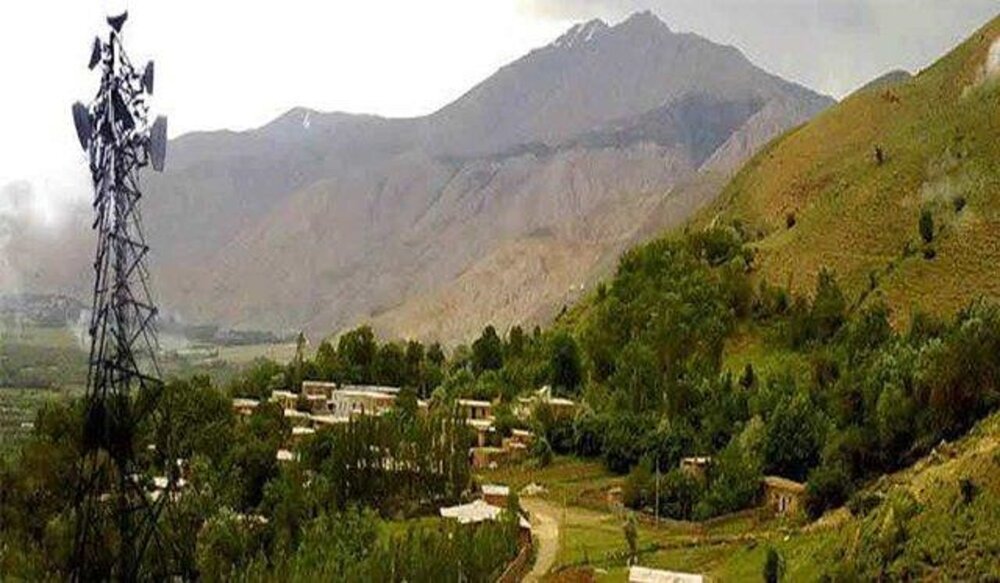All villages with over 20 households to be connected to national internet network

TEHRAN – All villages hosting over 20 households will be connected to the national internet network by the end of the current Iranian calendar year (March 2021), according to the Ministry of Information and Communications Technology.
As stipulated in the Sixth Five-Year Economic Development Plan (2016-21), the Ministry of Information and Communications Technology is required to connect 90 percent of villages with over 20 households to the national internet network.
So far, 95 percent of the villages with more than 20 households in the country joined the communication network, and this number will reach 100 percent by the end of the current [Iranian calendar] year.
The communication network provides the residents with electronic services and high-speed communication with all people across the country, through which villagers can provide their products to their customers without intermediaries, which will promote rural businesses.
Currently, 26 percent of the country's population lives in villages, Mohammad Omid, the vice president for rural development, has said. He added that around 39,000 villages have more than 20 households and 23,000 villages have less than 20 households.
Thus, more than 97 percent of the country's rural population lives in villages with over 20,000 households.
Rural development
In Iran, where villages account for generating 20-23 percent of the value-added in the country, the development of rural areas has been always a top agenda of the governments’ activities.
The sustainable economic, social, and cultural development of the villages is one of the major priorities of the current government, and many projects implemented and underway in this regard have led to outstanding development in the rural regions.
One of the sectors with noticeable achievements in this field is gas supplying, while the number of villages supplied with natural gas has doubled during the past seven years since the current government started its activity.
Based on the statistics, 18,000 villages (each week 50 villages on average) have been connected to the national gas network over the past seven years, and now about 4.8 million families in 32,000 villages enjoy natural gas in the country. It means that 82 percent of the villages are connected to the gas network.
Many other efforts have been made over the past couple of years by the government to support villagers and slow down the trend of migration from rural areas to cities while decreasing rural community dependency on one main economic sector (agriculture, forestry, energy, or mining), including rural tourism, agritourism, religious tourism, and ecotourism.
Main reasons behind migration
Shahla Kazemipour, a demographer and sociologist, said in October 2019 that over 53 percent of Iran's population was living in rural areas some four decades ago, but urbanization has influenced rural demographic trends, decreasing the rural population to 20 million, representing 25 percent of the country’s population.
Referring to the three main reasons behind migration from villages to urban areas, she noted that the population in Iran was associated with high growth due to increased fertility, but since the rural economy is based on agriculture, rural areas lost attraction due to lack of farms.
Eventually, a population overflow happened in urban areas, that is, the population grew but the rural economy was not capable of attracting more villagers, so the villagers migrated to the cities, she said, adding, on the other hand, a high concentration of population in rural areas caused some populated ones to become cities.
Pointing to another factor contributing to the increased urbanization rate, she noted that in the period when cities expanded due to population growth and migration, some surrounding villages joined the urban complex, and the urbanization rate reached up to 75 percent.
Abolfazl Razavi, the deputy vice-president for rural development and deprived areas, has said that some 60 percent of migrations from rural to urban areas are caused by the lack of appropriate jobs and sufficient income for educated people.
Measures taken to reverse migration by making people move to rural areas including providing facilities and sustainable job-generating have increased the rural population in some provinces of the country, he highlighted.
FB/MG

Leave a Comment